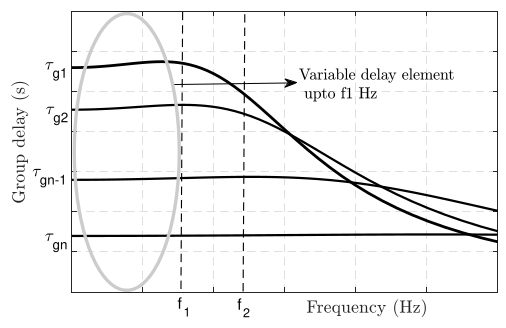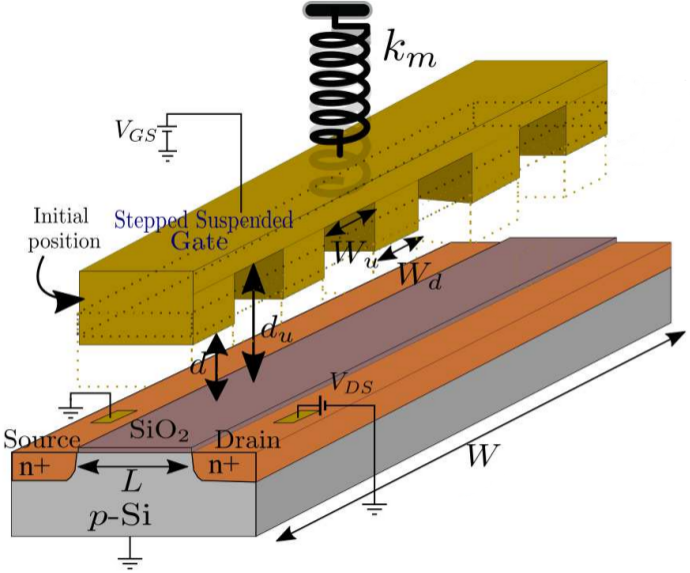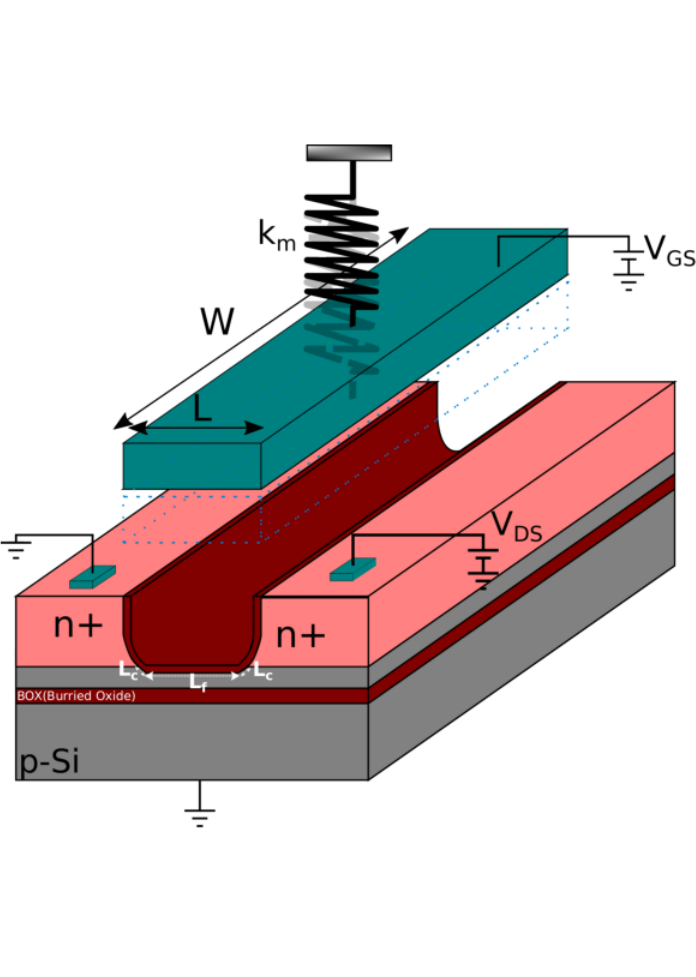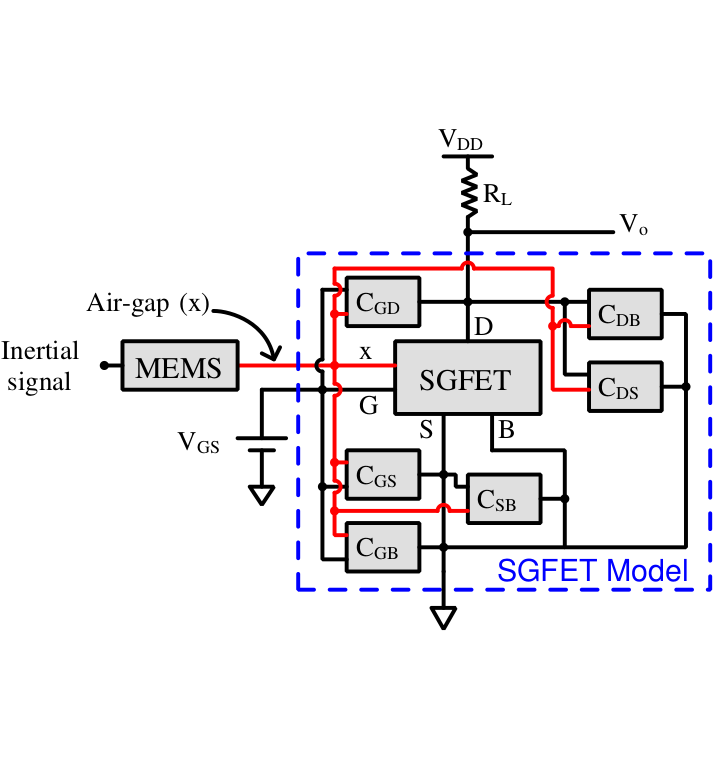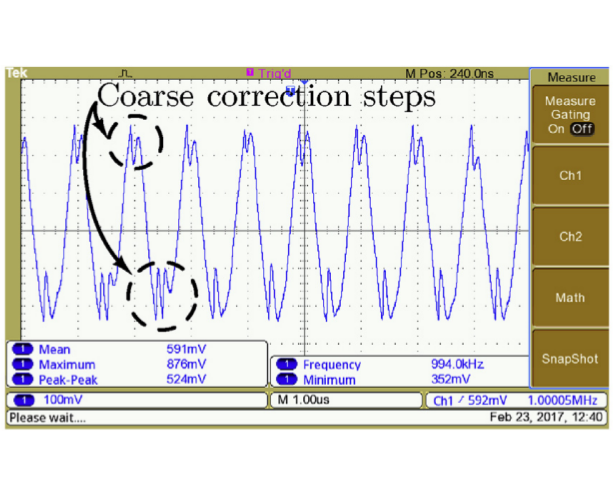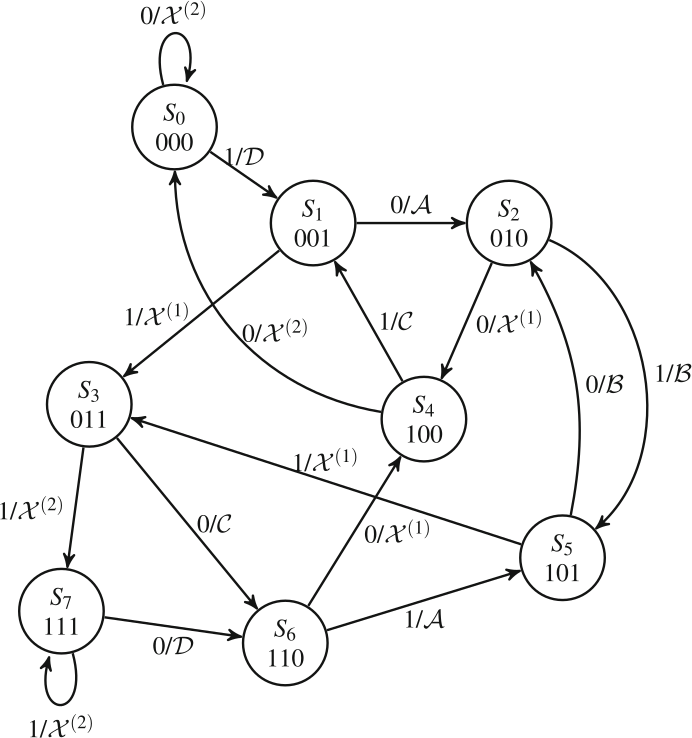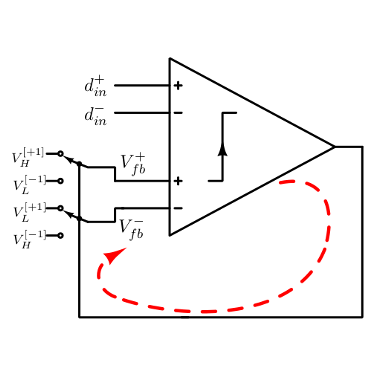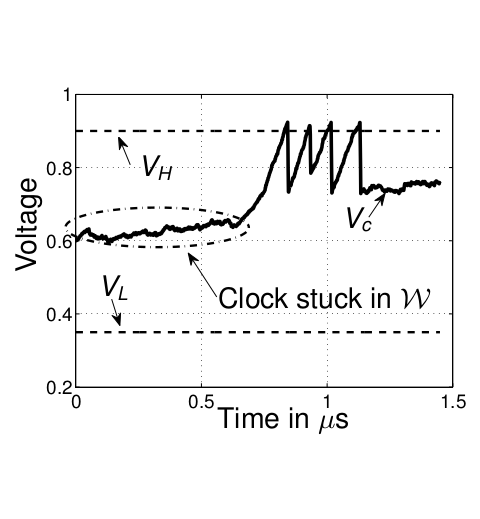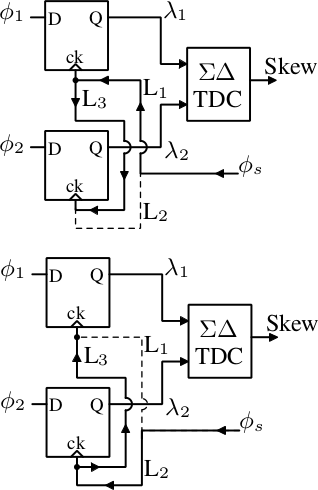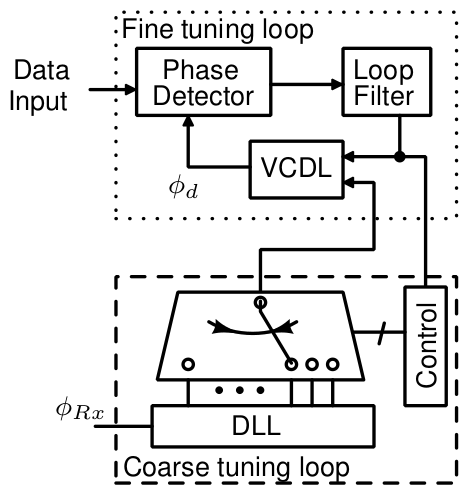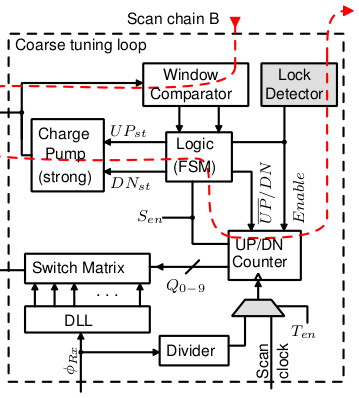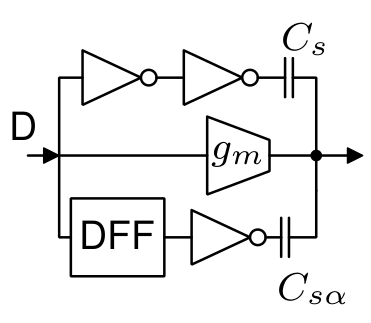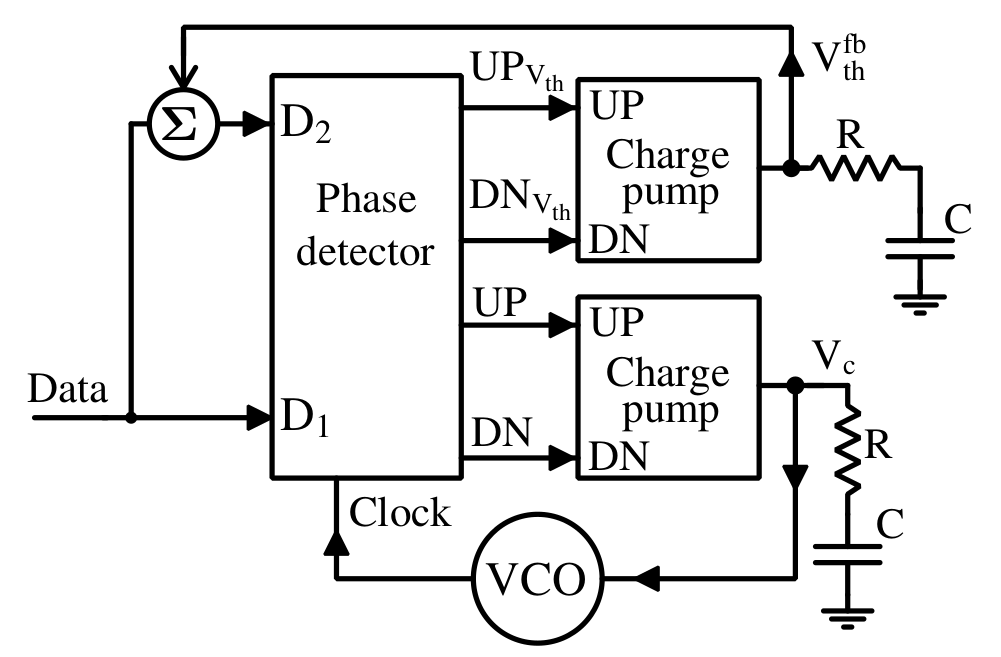13. A Closed Loop In-Plane Movable Suspended
Gate FET (CLIP-SGFET) Sensor with a Dynamically Reconfigurable Charge pump
(with Pramod Martha, Ganga K. M., Anju Sebastian and Seena V )
IEEE Sensors Journal, vol. 22 issue 15, Nov. 2022
In this paper, we discuss the device, circuit and system design of a closed loop accelerometer
sensor using an in-plane movable suspended gate FET. The paper is comprehensive and discusses
device architecture, simulation methods adopted (we use the Look-up-table method we reported in
paper 9 below), circuit design for the sensor, and a suggested fabrication plan for the sensor.
Interface circuits involve novel re-configurable charge pumps for driving actuators in closed loop
operation. We use fully differential architecture which requires two charge pumps for generating
differential actuator drive along with a high voltage common mode feedback circuit. All circuits are
designed in a standard low voltage CMOS process.
--
DOI: https://doi.org/10.1109/TED.2021.3101997
|
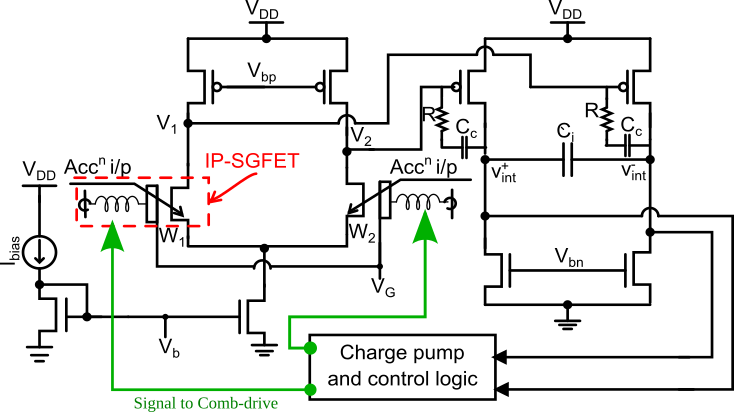 |

